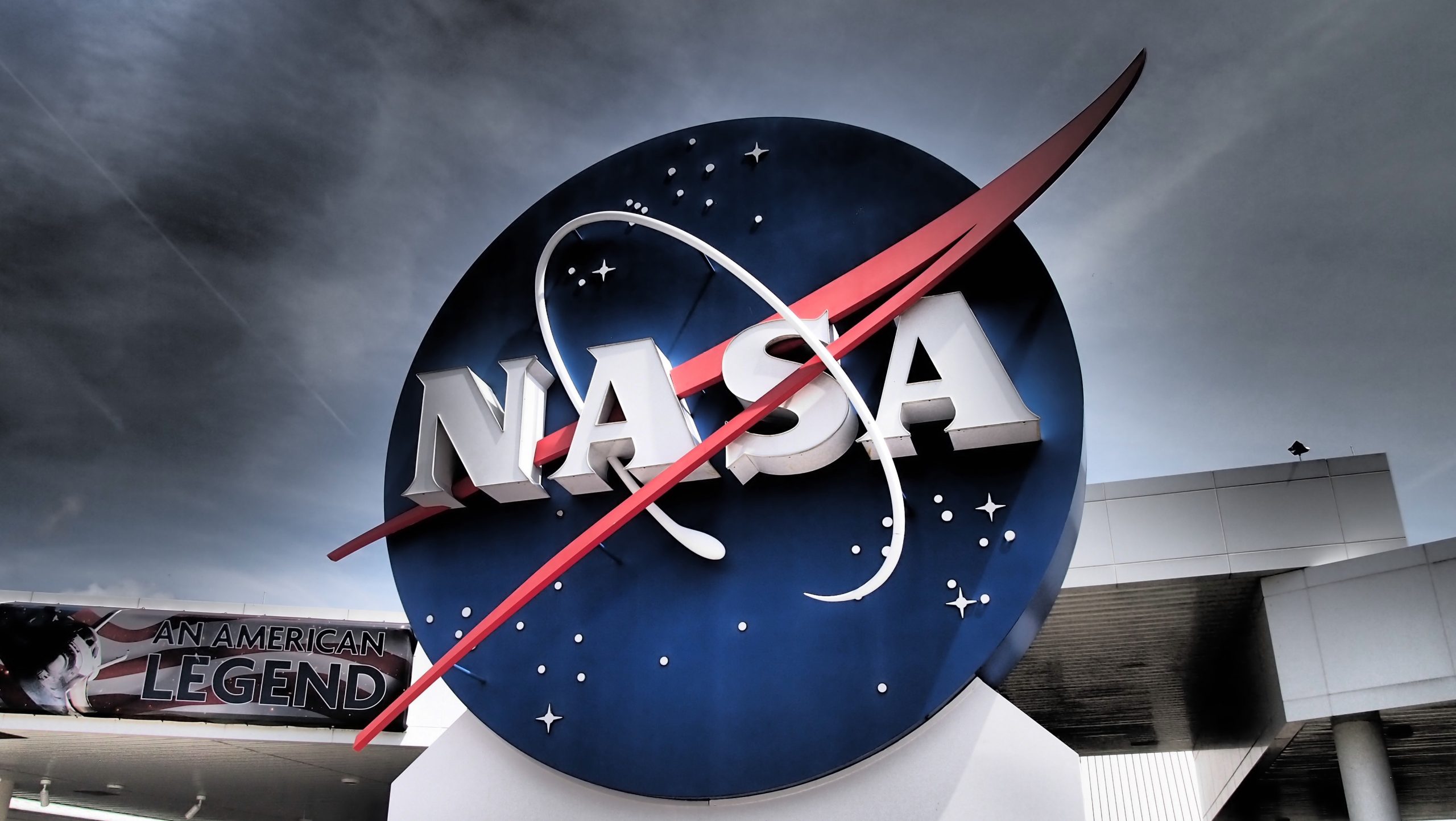
Changing history — It turns out NASAs Mars helicopter was much more revolutionary than we knew Ingenuity packed more computing power than all other NASA deep space missions combined.
Eric Berger – Jan 29, 2024 11:45 am UTC Enlarge / An image from Ingenuity, looking down at the surface of Mars. That’s its shadow.NASA/JPL reader comments 0
Much has been written about the plucky exploits of NASA’s small Ingenuity helicopter on Mars. And all of the accolades are deserved. “The little mission that could” did, flying 72 sorties across the red planet and pushing out the frontier of exploration into the unknown.
Yet as impressive as Ingenuity’s exploits were over the last three years, and though its carbon fiber blades will spin no more, its work has only just begun.
Ingenuity was groundbreaking in two significant ways that will ripple through the culture of NASA and its exploration efforts for decades to come. Although it is impossible to know the future, both of these impacts seem overwhelmingly positive for our efforts to divine the secrets of our Solar System.
First of all, and most obviously, NASA has now demonstrated that powered flight is possible on other worlds. This is an idea that’s no longer theoretical; it’s grounded in reality. “Engineering has absolutely shattered our paradigm of exploration by introducing this new dimension of aerial mobility,” said Lori Glaze, NASA’s overall director of planetary science.
In another, arguably more important way, Ingenuity may forever change the way NASA, other space agencies, and eventually private companies explore and settle the Solar System. The program did so by using commercial, off-the-shelf parts.
The scientists and engineers who built the helicopter had no choice. Flying on Mars is incredibly demanding. The air is so thin it is equivalent to flying at an elevation of 80,000 feet on Earth, or three times higher than the peak of Mount Everest. Helicopters on Earth can max out at an altitude of about 25,000 feet before the air is too thin to support the rotation of their blades. So to meet the demands of Mars, Ingenuity’s designers had to be ruthless in their choices. They could not afford the mass of radiation-hardened components, like for batteries and computers. Advertisement
So they bought commercially available parts and rolled the dicewith astonishing results. Many NASA missions will never be the same. Lets go flying
During a news conference on Thursday afternoon, Glaze and other NASA officials drew a comparison between Ingenuity and the 1903 Wright Flyer. Built by Orville and Wilbur Wright, this experimental aircraft made the first powered flight on Earth 120 years ago. It flew four times, achieving a distance of 852 feet (260 meters) on its final flight on December 17, 1903. After landing, high winds blew the airplane over and wrecked the vehicle.
On Mars, Ingenuity became the first vehicle to demonstrate powered flight on another planet. On its 72nd flight, one or more of its four blades was damaged during a hard landing on the red planet.
After the Wright Brothers demonstrated what was possible, designers in Europe and elsewhere continued to push the technology forward. By the time of World War I, aviation emerged as an important component of warfare and as a force in civilian transport a couple of decades later. Today, there are approximately 100,000 airplane flights that take off and land every day in the world. The transformation has been monumental.
Glaze and others envision a similar impact on human efforts to explore other worlds in the Solar System. Enlarge / Long enough to reach from New York City to Los Angeles, this great rift in the Martian crust is named Valles Marineris.NASA
“As a Mars scientist, I dream of a helicopter exploring the canyons of Valles Marineris,” said Laurie Leshin, the director of the Jet Propulsion Laboratory, which managed the Ingenuity project. “This type of mobility can take us to places that we have never dreamed we’d be able to explore on Mars. And the possibilities are really endless.”
Valles Marineris is the largest canyon in the Solar System, measuring 2,500 miles long (4,000 km) and running more than 4 miles (7 km) deep. Due to its uneven and riven terrain, it is essentially inaccessible to traditional rovers. Page: 1 2 3 4 Next → reader comments 0 Eric Berger Eric Berger is the senior space editor at Ars Technica, covering everything from astronomy to private space to wonky NASA policy, and author of the book Liftoff, about the rise of SpaceX. A certified meteorologist, Eric lives in Houston. Advertisement Channel Ars Technica ← Previous story Related Stories Today on Ars


